From walking in art, to "ART FOR NO ONE", to the major CHAGALL exhibition. The exhibition preview 2022
WALK!
The act of walking as a social phenomenon has gained renewed importance in the twenty-first century. Beyond its connotations of everyday physical movement and the modern aspect of recreation and sensual experience, walking touches upon current issues of ecological, global, geopolitical, and economic change. The group exhibition “WALK!” at Schirn Kunsthalle Frankfurt provides an overview of walking as a practice in contemporary art production—a facet that has so far been rarely considered. It examines contemporary explorations and expansions of Walking Art, which had its origins in the 1960s movements of Minimalism, Land Art, and Conceptual Art.
The Schirn presents more than forty international artists whose work incorporates walking as an essential element, including Yuji Agematsu, Allora & Calzadilla, Francis Alÿs, James Bridle, Tiffany Chung, Sebastián Díaz Morales, Hamish Fulton, Özlem Günyol & Mustafa Kunt, Fabian Herkenhoener, Jan Hostettler, Kubra Khademi, Bouchra Khalili, Pope.L, and Milica Tomić. Some one hundred photographs, video works, collages, drawings, paintings, and sculptures, as well as live performances and participatory projects in public space, aesthetically intertwine walking with the challenges of our time, reflecting on current debates around issues such as globalization and climate change and exploring forms of protest and demonstration.
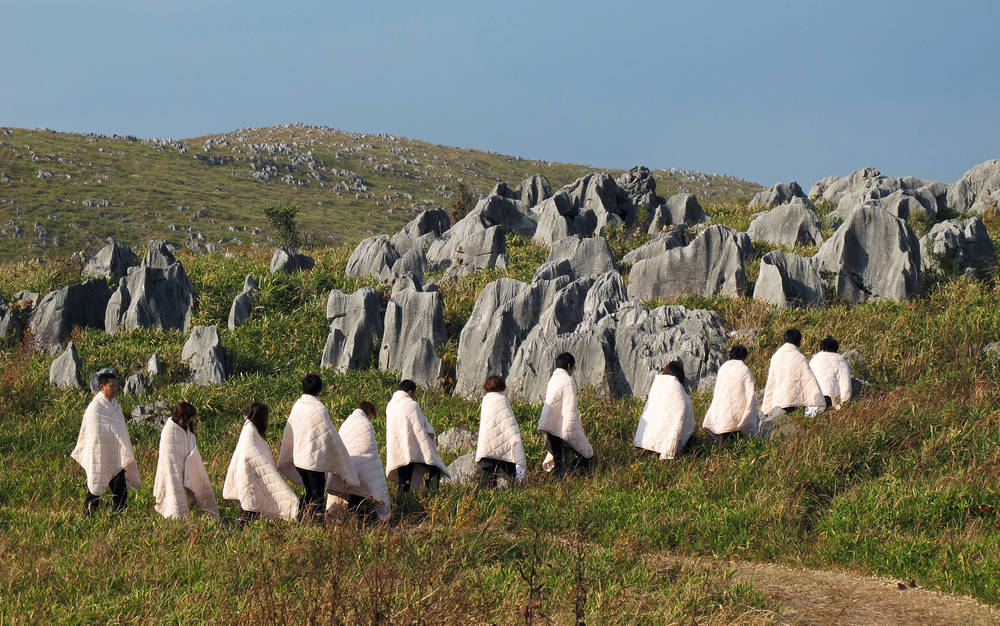
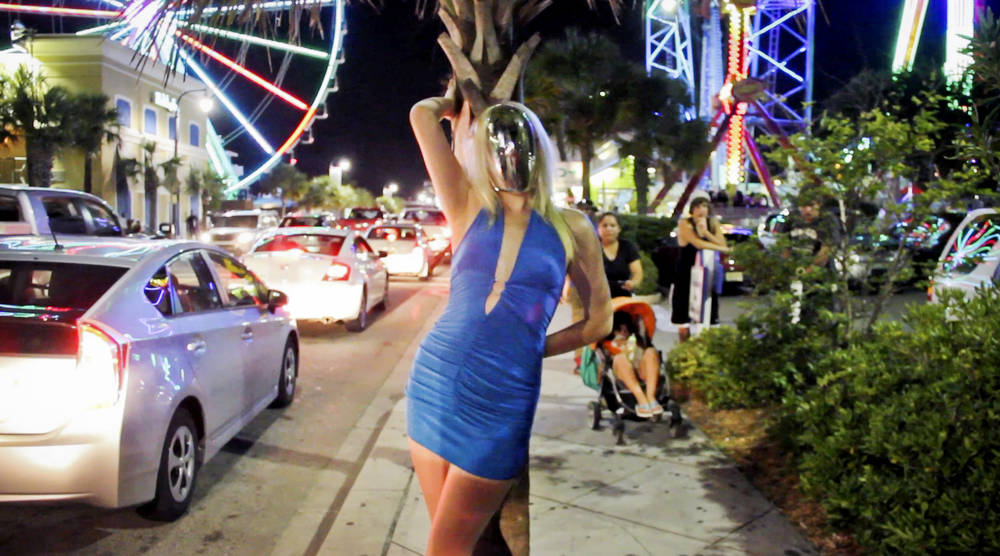
CARLOS BUNGA
Carlos Bunga (b. 1976) describes both himself and his artistic practice as being characterized by a nomadic nature. The instability of the living environment, displacement, and migration all have a defining effect on the work of the artist, whose mother settled in Portugal after fleeing the civil war in Angola. Bunga’s architectural installations challenge ideas of security and the certainty of human and material existence, instead suggesting that the only constant is perpetual change. His expansive works effectively double the space in which they are shown: they position themselves in front of walls, which they both obscure and transform, subsequently facilitating a dialogue between the two architectures. Bunga uses simple materials, such as cardboard panels and tape, in his monumental works. The everyday nature of the material, the majority of which is related to storage and transport, forms a bridge to the immediate reality of life. For the Rotunda at the Schirn Kunsthalle Frankfurt, the artist has devised a new installation that responds to the specific architecture of the publicly accessible space. Used pieces of furniture form the foundation walls for a cardboard architecture that rises up to the Rotunda’s glass dome. The spatial quality of the work initiates a physical and mental experience, with the space becoming activated as individuals walk through it. Visitors, as a living part of the present, can move between the past, invariably set in stone, and the idea of a possible future. Bunga’s work in the Rotunda thus enters into a dialogue with the exhibition “WALK!”, which focuses on walking in contemporary art and will be simultaneously on view at the Schirn.
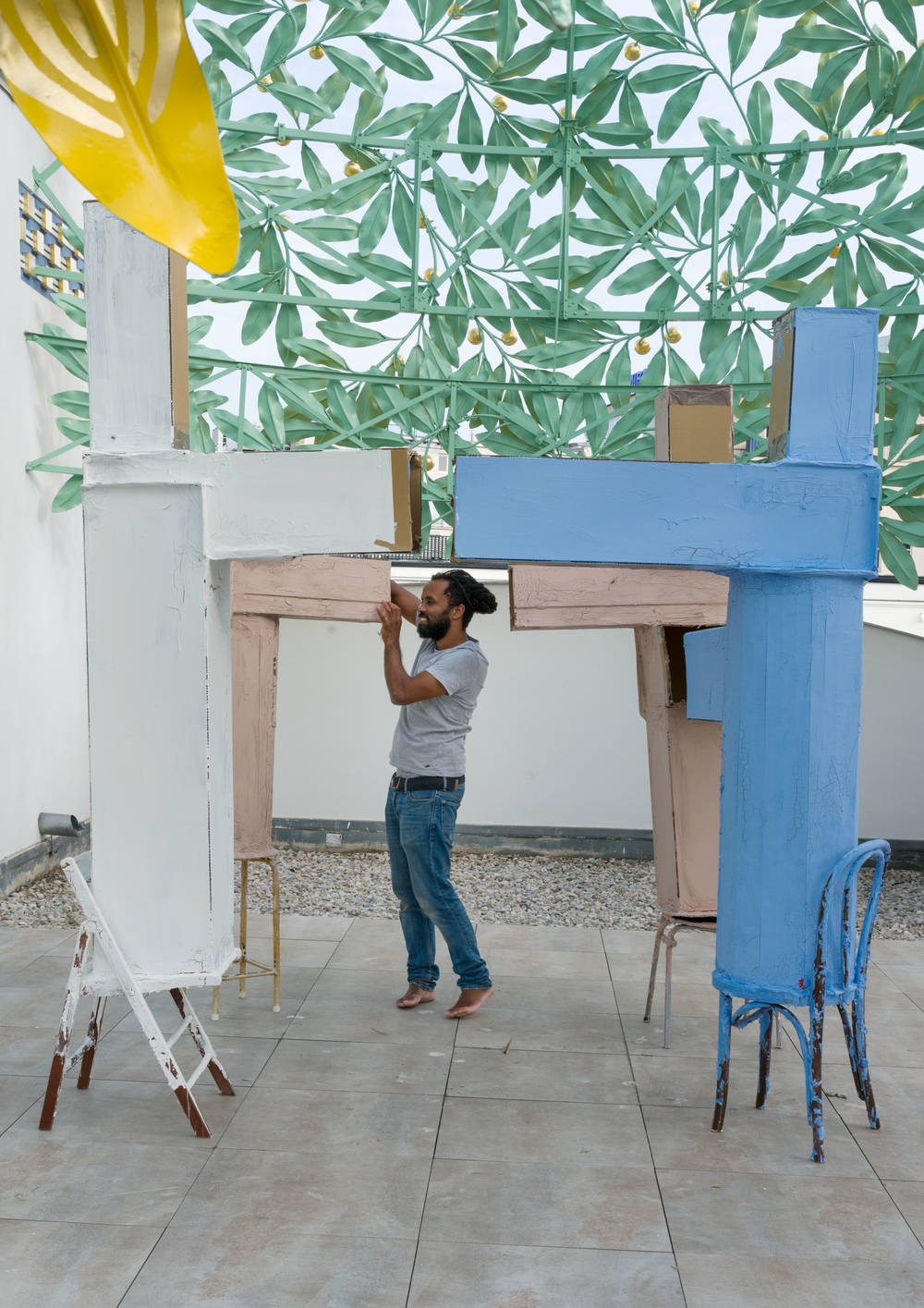
ART FOR NO ONE. 1933–1945
Between 1933 and 1945, the National Socialist regime controlled artistic work in Germany. Particularly artists who were persecuted based on their religion, descent, or political views fled into exile due to threats from the government. But what happened to the artists who remained in the country? Isolation, lack of an audience, and limited exchange impacted the creativity of the individuals who were deprived of a basis for work and life under National Socialism. Their situation is often described in a generalized way as “ostracism” or “inner emigration.” In light of the multilayered and divergent personal circumstances, however, these terms fall short of the mark. In the large overview exhibition “ART FOR NO ONE. 1933–1945,” the Schirn Kunsthalle Frankfurt is showing the different strategies and scopes of action employed by artists who did not seek or find any affiliation with the National Socialist regime. Based on 14 selected biographies, the exhibition shows that the artistic work of this time was determined by more than just apathy, standstill, and hopelessness. Focusing more intently on one’s own oeuvre, engaging in creative work despite the scarcity of materials, exploring existential themes, and adapting content were just some of the reactions to National Socialist art policy. Without defining any uniform stylistic development, the exhibition sheds light on the contradictory nature of this time, citing individual cases and showing about 140 paintings, sculptures, drawings, and photographs. The artists represented are Willi Baumeister, Otto Dix, Hans Grundig, Lea Grundig, Werner Heldt, Hannah Höch, Marta Hoepffner, Karl Hofer, Edmund Kesting, Jeanne Mammen, Ernst Wilhelm Nay, Franz Radziwill, Hans Uhlmann, and Fritz Winter.
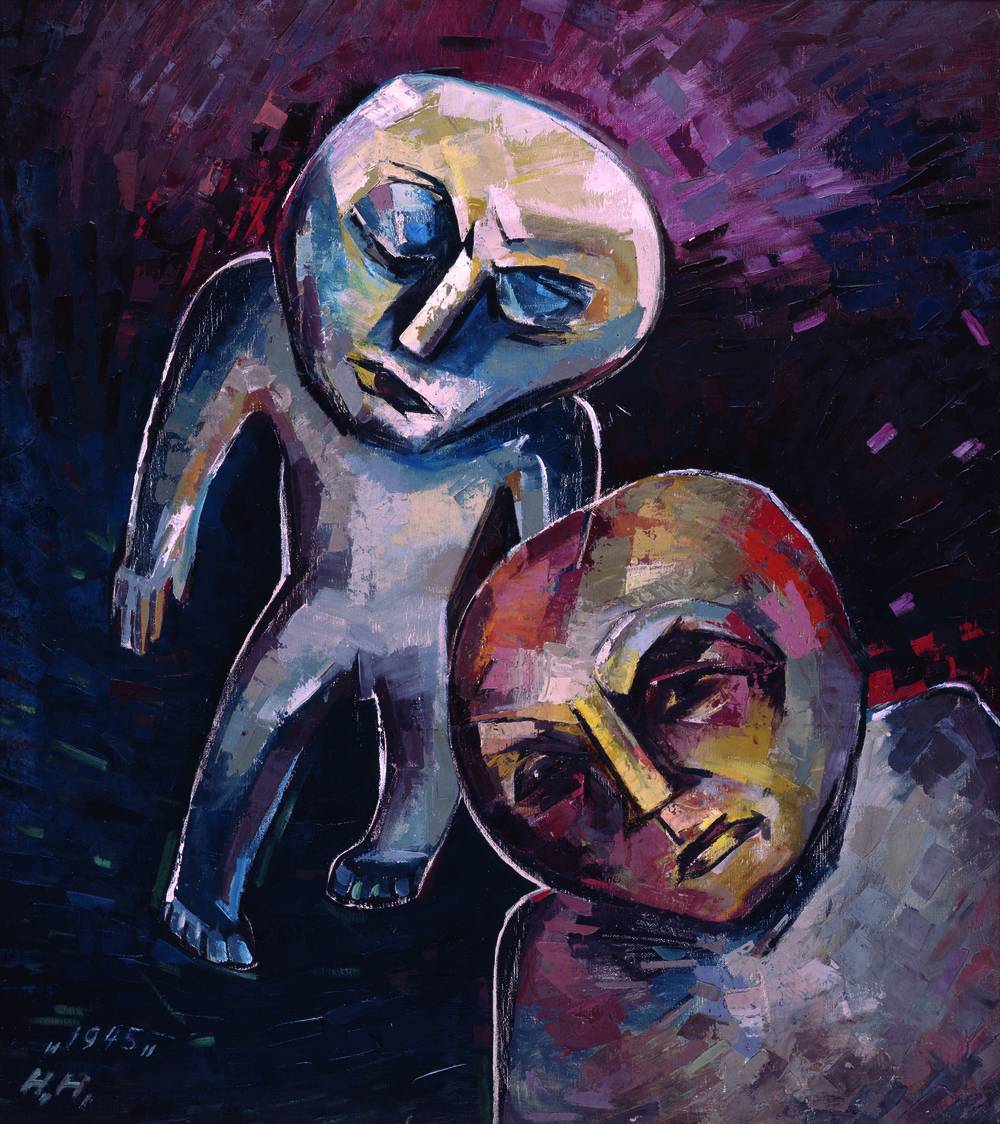
UGO RONDINONE. LIFE TIME
Ugo Rondinone (b. 1964) adds a poetic dimension to everyday objects and phenomena. In typically Minimalistic arrangements, he puts a tree, a clock, the sun or a rainbow in new contexts by means of repetition, isolation, or reduction, creating atmospheric ambiences. The Schirn is dedicating a large survey exhibition to Rondinone that will showcase key paintings, sculptures, and video works by the renowned Swiss artist. Specially for the Schirn, he is grouping his works into new constellations and sequences, thus creating a unique installation that extends along the entire length of the gallery and into the Rotunda.
Devised specifically for the Schirn, his new installation extends along the entire length of the gallery and into the Rotunda. The exhibition “Life Time” combines fundamental themes that have shaped the work of the conceptual and installation artist for the past thirty years: time and transience, day and night, reality and fiction, nature and culture. Rondinone has repeatedly referred to the iconography of Romanticism in his works and used quotes from literature and pop culture. The starting point of his multimedia oeuvre is the transformation of the outside world into a subjective, emotional inner world. He develops experiential spaces in which the viewer actually becomes part of the installations and their immersive structures.
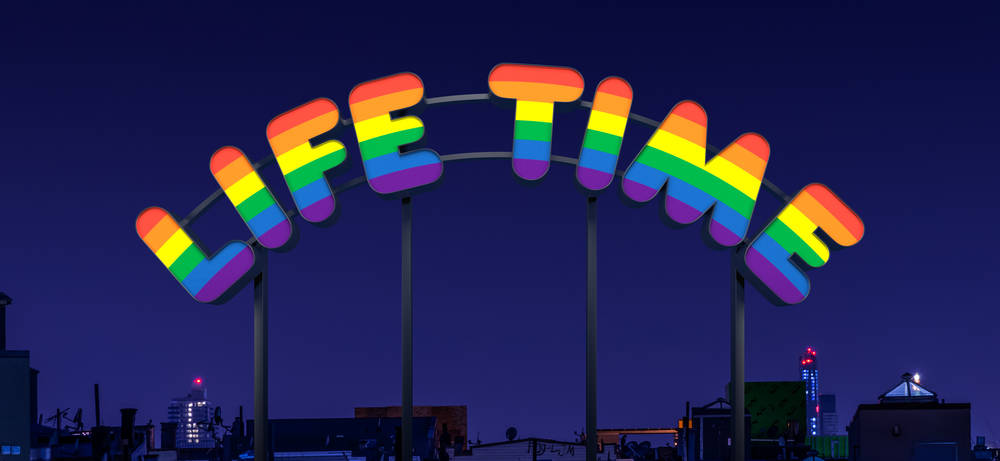
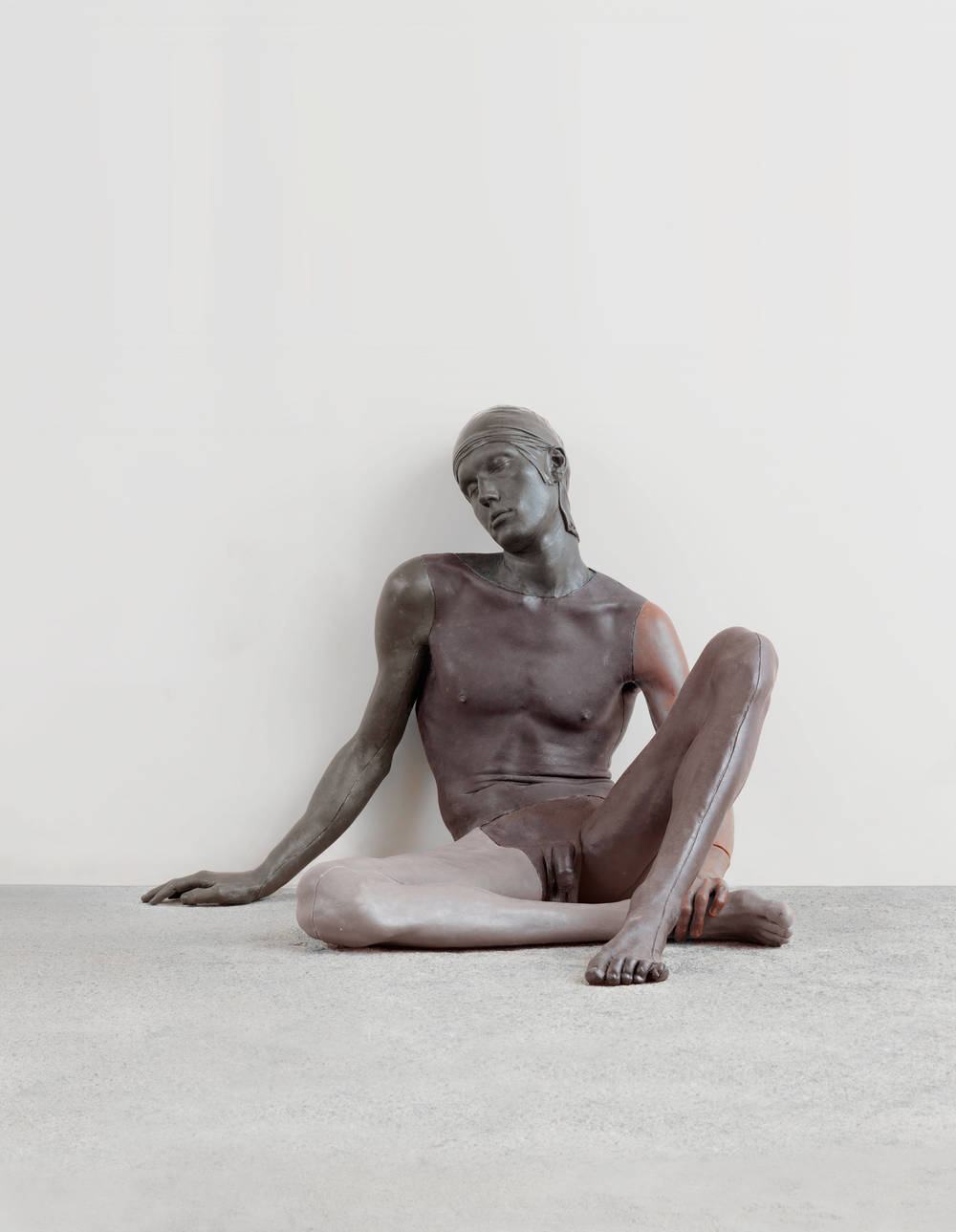
AERNOUT MIK
The room and film installations of Aernout Mik (b.1962) create intense situations that trace the behavior and interaction of groups in oft-unstable social contexts. The Schirn is presenting Aernout Mik’s video installation “Double Bind” (2018), as well as the work “Threshold Barriers” (2022), which was conceived specially for the exhibition. Both works pursue the notions and dynamics of security and threat, power and powerlessness in public space and enter into dialogue with each other at the Schirn.
In “Double Bind,” the artist addresses the presence of armed units from the national security apparatus. They move around the city in apparent isolation and without direct contact to passersby. “Threshold Barriers,” by contrast, shows an incident in which society and state power, citizens and police, engage in direct contact, with the traditional structures of authority and security having lost their validity. Mik’s fictitious scenarios move between documentation and performance, seeming familiar and disconcerting at the same time. They reference pictures and narratives of current events like the anti-terror measures in large European cities, as well as international protests and police violence against demonstrators, which have become a part of the collective consciousness as a result of their dissemination in the media.
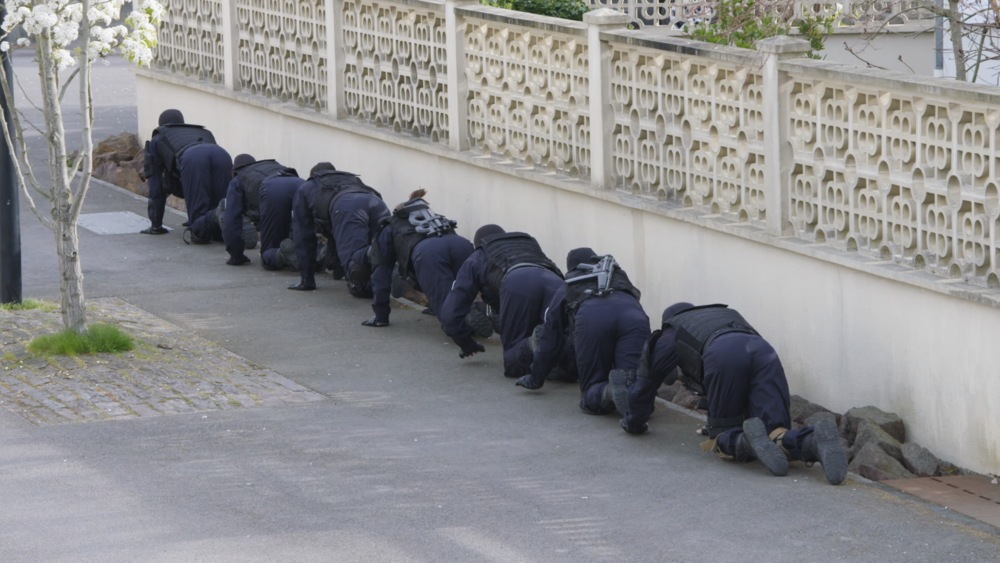
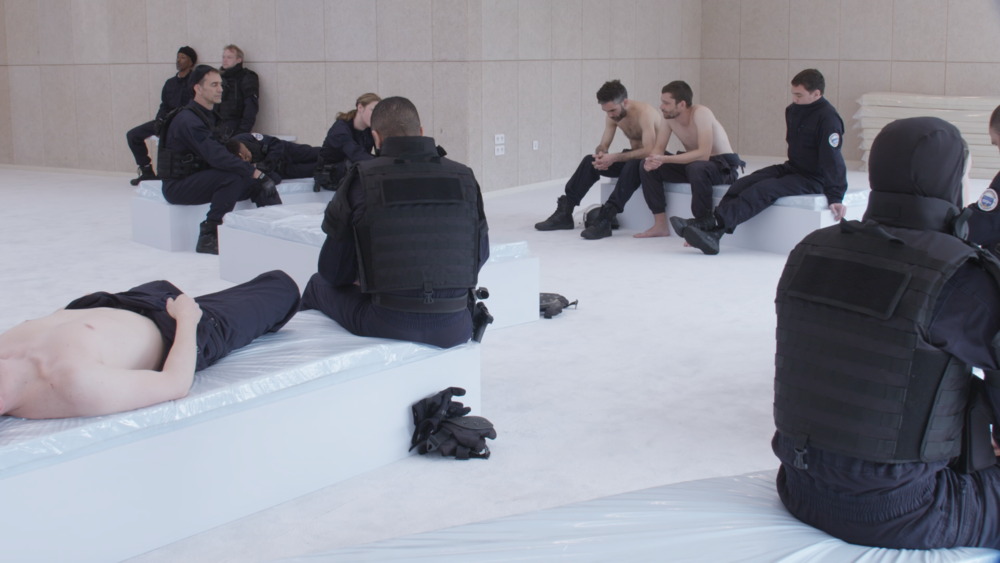
GAURI GILL
The Chandigarh-born artist and photographer Gauri Gill (b. 1970) has been examining the everyday life of the rural population outside India’s urban centers for over two decades now. In an open, collaborative process that eschews documentary conventions, she has dedicated herself to concerns related to survival and self-assertion, identity and belonging, and also to conceptual questions of memory and authorship. The Schirn Kunsthalle Frankfurt is presenting Gauri Gill’s multilayered photographic work for the first time in an extensive survey exhibition, bringing together about 200 pieces from pivotal series.
The temporal dimension and the serial continuity, as well as perseverance and empathy, are decisive factors in her artistic practice. Serving as the bedrock for a large part of her work since 1999, as well as the genesis of several photo series, is the long-term archival project “Notes from the Desert,” in which Gill has used photography to engage with marginalized communities from Western Rajasthan. As a counterpoint to her projects in the desert, the photo series “The Americans” (2000–2007) is dedicated to the diverse lifeworlds of the Indian diaspora with respect to migration, home, and cultural affinity. The exhibition also places a particular focus on the artist’s collaborative approach, as seen most recently in her ongoing conversations with often overlooked rural artists. In her series “Acts of Appearance” (since 2014), for instance, Gill incorporates masks produced by papier-mâché artists of the Kokna and Warli communities in Jawhar, Maharashtra, in everyday scenes, thus creating a fascinating dialogue between reality and fiction.
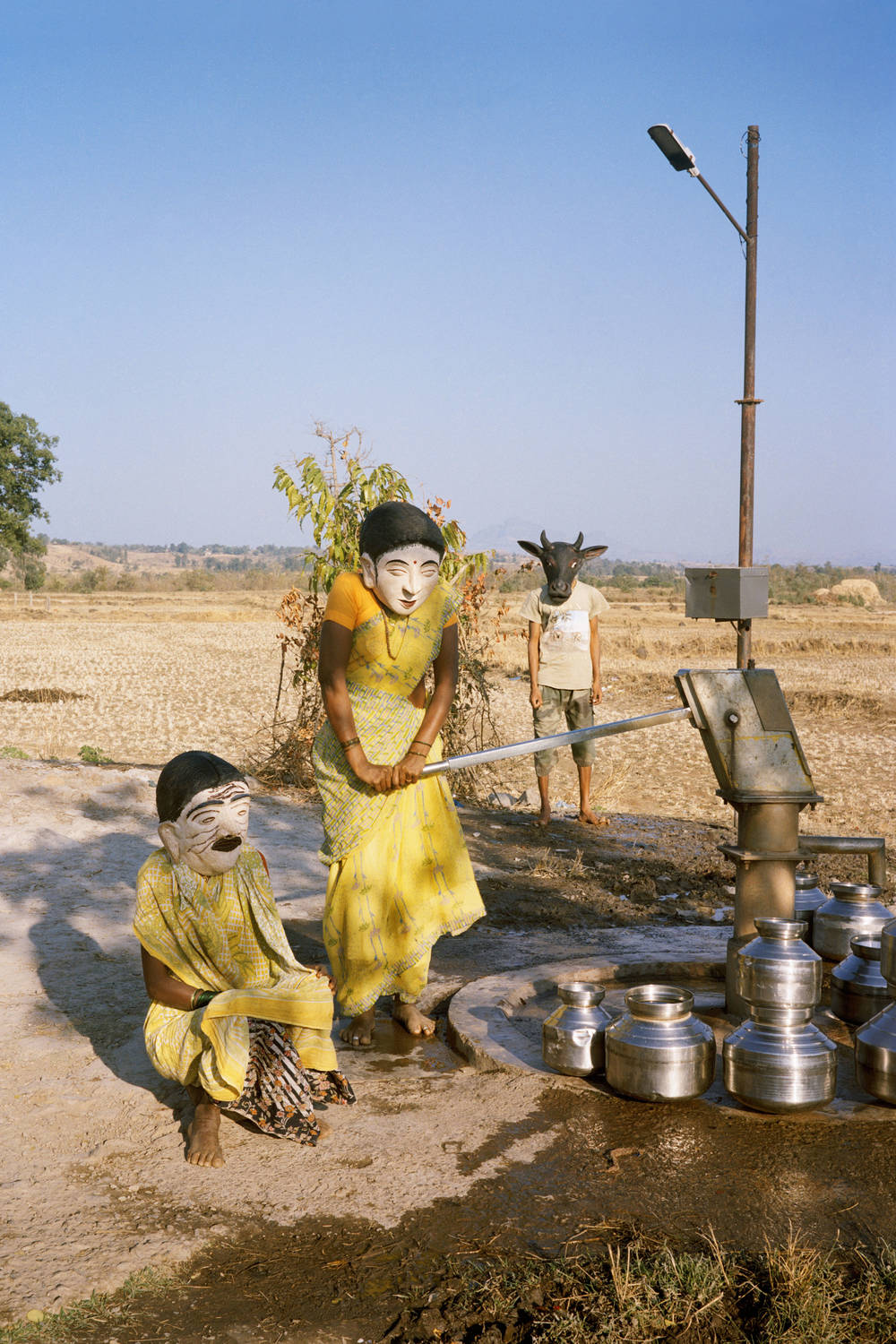
CHAGALL. WORLD IN TURMOIL
Marc Chagall (1887–1985) is regarded as the poet among the artists of modernism. In a major exhibition, the Schirn Kunsthalle Frankfurt sheds light on a so far little-known side of his
oeuvre: Chagall’s works of the 1930s and 1940s, in which the artist’s colorful palette becomes darker. The life and work of the Jewish painter were profoundly affected by the art policies of the National Socialists and the Holocaust. By the early 1930s, Chagall’s works were already examining the increasingly aggressive anti-Semitism in Europe, and he finally emigrated to the United States in 1941. During these years, his art works touch on central themes such as identity, homeland, and exile. With more than 100 haunting paintings, works on paper, photos, and documents, the exhibition traces the artist’s search for a pictorial language in the face of expulsion and persecution. It presents important works from the 1930s, in which Chagall focused more and more on the Jewish world, numerous self-portraits, his orientation toward allegorical and Biblical themes, and the important designs in exile for the ballets “Aleko” (1942) and “The Firebird” (1945). The exhibition also addresses the artist’s recurring preoccupation with his hometown, Vitebsk, and main works such as “The Falling Angel” (1923/1933/1947). Altogether, the Schirn will provide a new and highly relevant view of the oeuvre of one of the most important artists of the twentieth century.
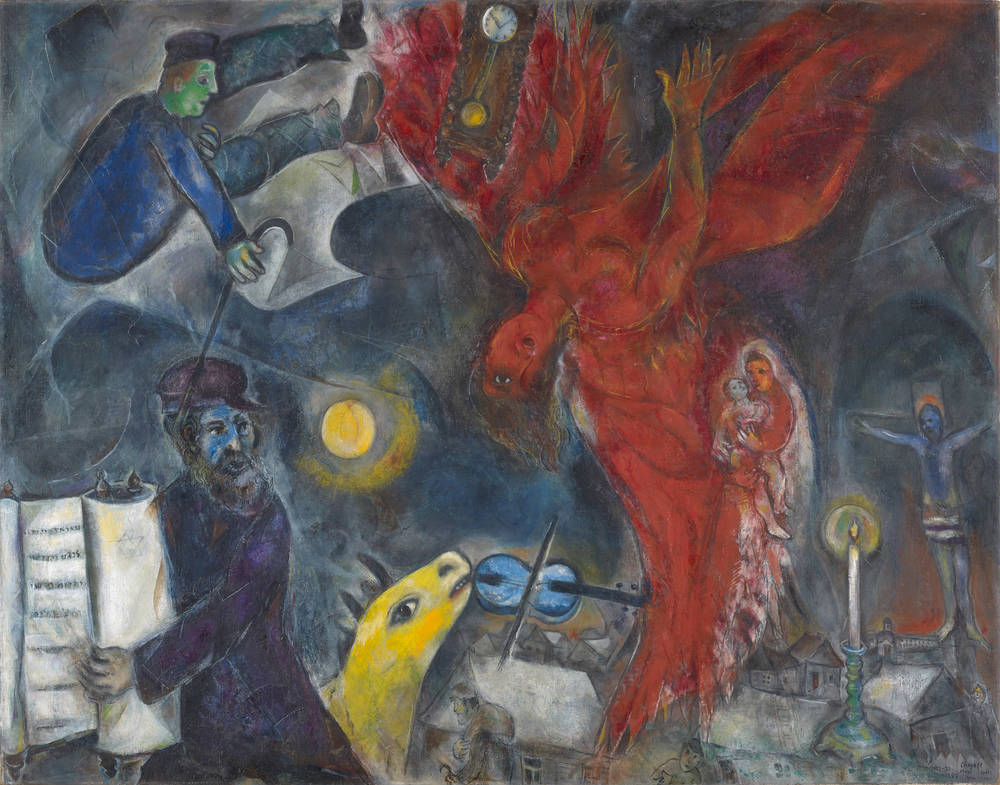
PREVIEW 2023: NIKI DE SAINT PHALLE
Niki de Saint Phalle (1930–2002) is one of the most well known artists of her generation.
The visionary outsider developed a distinctive design vocabulary and created an oeuvre as unconventional as it is multifaceted. The Nanas—her colorful, large-format female figures—laid the foundation for her international success and are still regarded as her trademark. But the self-taught artist’s creative spectrum is much broader, and her oeuvre is more subversive and critical of society than is widely assumed. In an extensive exhibition, the Schirn Kunsthalle Frankfurt will shed light on the wide-ranging work of this extraordinary artist. Niki de Saint Phalle developed her art based on her processing of very personal emotions and on a radically feminist position.
She took up social and political topics, criticized institutions and role models, and with her art addressed public discourses that still have relevance today. Her legendary Shooting Pictures were created during provocative performances, and her impressive installations in public space bear witness to the transformative impact of her art, which developed through painting, drawing, assemblages, actions, and large-format installations, as well as in theater, film, and architecture.
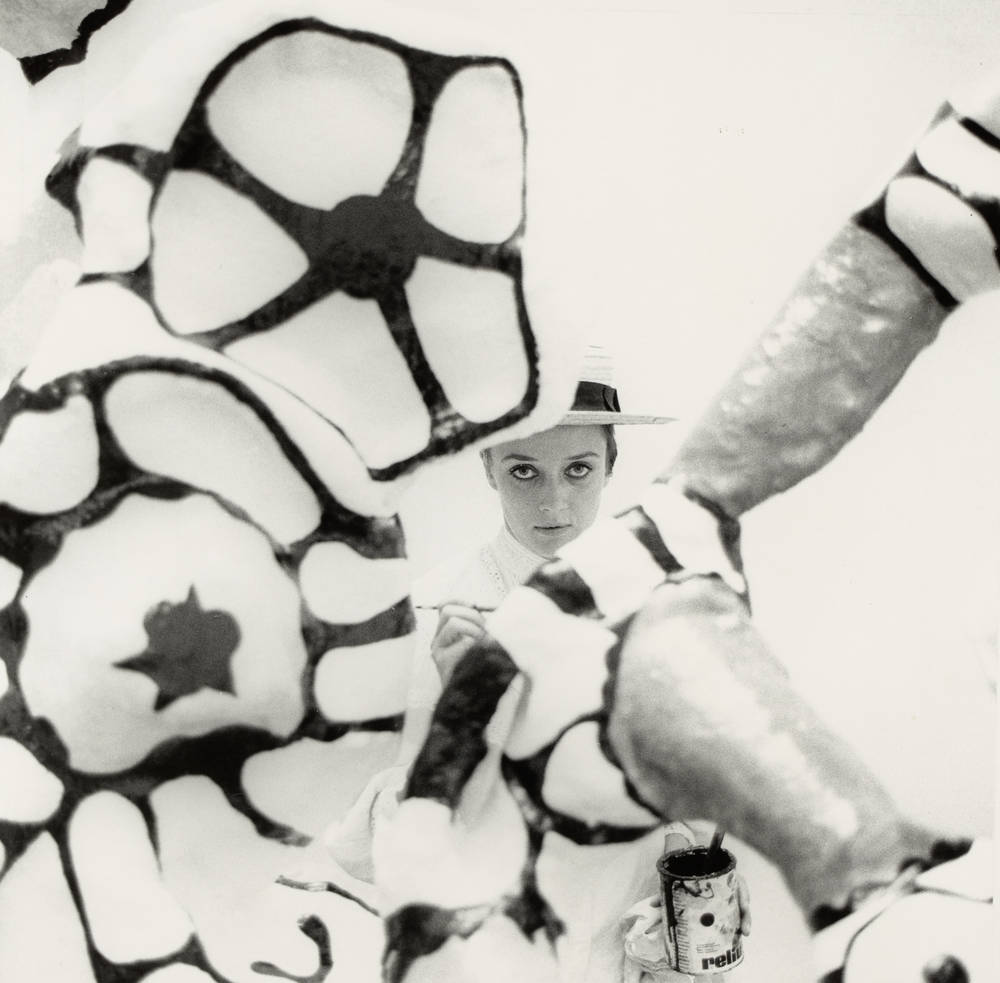
Annual membership
Become a SCHIRN FRIEND and enjoy all the exhibition highlights and more.









